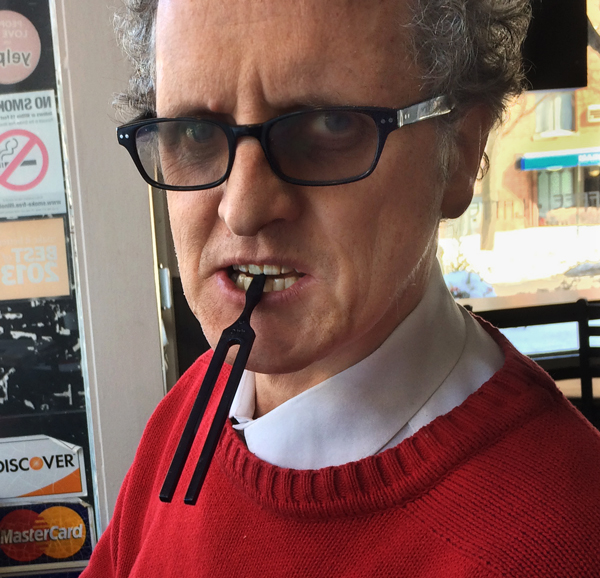 There’s a moment before the start of a symphony when vibrations float above the orchestra.
There’s a moment before the start of a symphony when vibrations float above the orchestra.
It isn’t music exactly.
But it isn’t cacophony either.
Certain instruments break through the drone and send out sounds like mating calls in a forest — a piccolo looking for a willing woodwind, one tuba looking for another.
Symphonic tuning is more theater than necessity. Virtuoso artists take their chairs knowing their tools are, forgive me, fit as a fiddle.
The assistant leader instructs each section to tune to a note issued by an oboe. If Greenwich Mean Time is the standard for timekeepers and 32º F is the basis for relating temperatures, the A note (440 hertz) above middle C is the key for setting pitch.
Gus Roddy tunes the most mechanically complex of instruments. It has 88 keys connected to a hammer which strikes strings on a cast-iron plate. Each treble hammer hits three strings, tenor hammers hit two, base hammers strike only one.
Whether it’s a concert grand piano or a parlor-room vertical, Gus probes for a sweet spot. He tunes slightly out-of-tune, deliberately, so the piano sounds good in all twelve keys.
Strings stretch with time and are vulnerable to changes in humidity. The goal is 20,000 to 30,000 pounds of pressure across the plate.
Gus studied music theory and developed his ear as an undergraduate. It wasn’t until some years later that he went back to school to become a tuner.
Sophisticated apps have augmented the industry of course, but Gus’ certification exam required tuning by ear. Placing a vibrating tuning fork between the teeth is a time-honored craftsman’s trick.
What kind of music does the piano tuner-in-residence at our coffee shop turn to for pleasure? Beethoven, Bartók, Bowie, and the Beatles have been important to Gus.
But he’s reached an age, he says, when he appreciates silence.![]()
